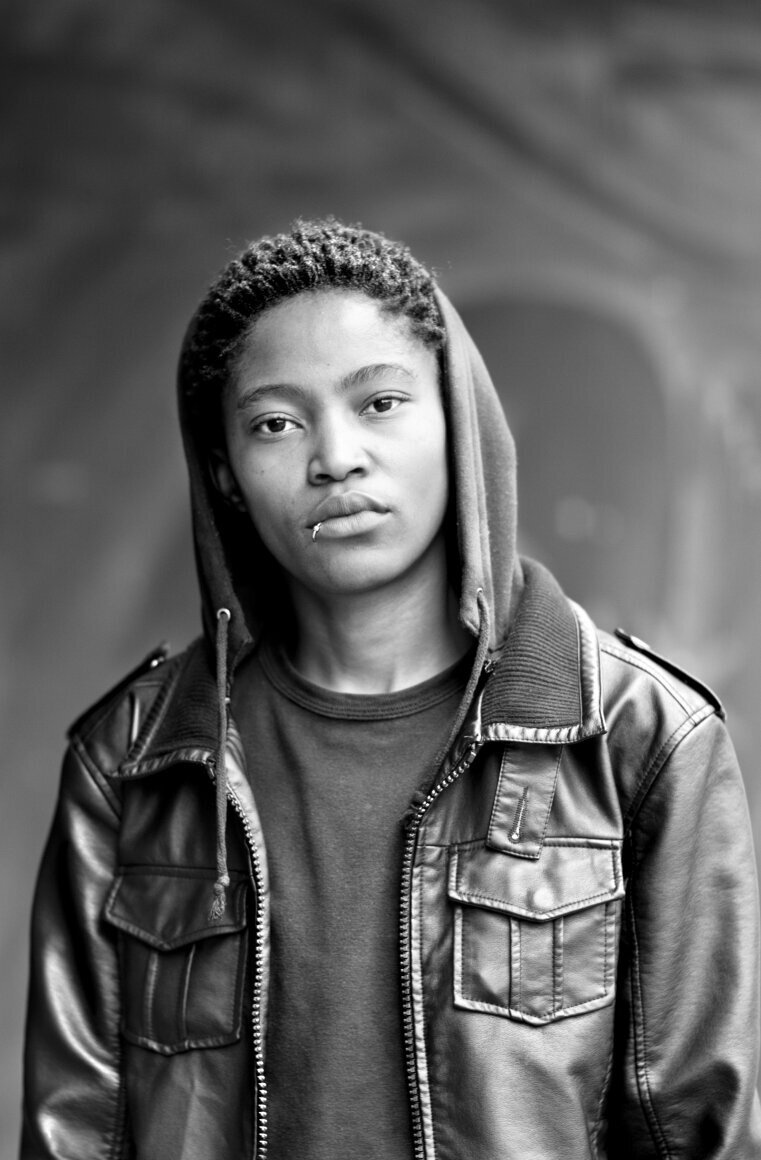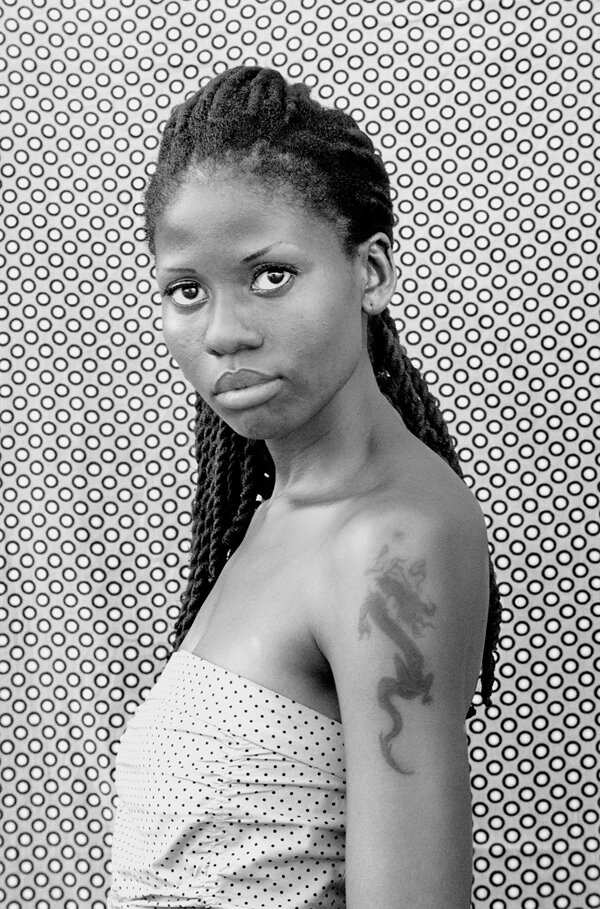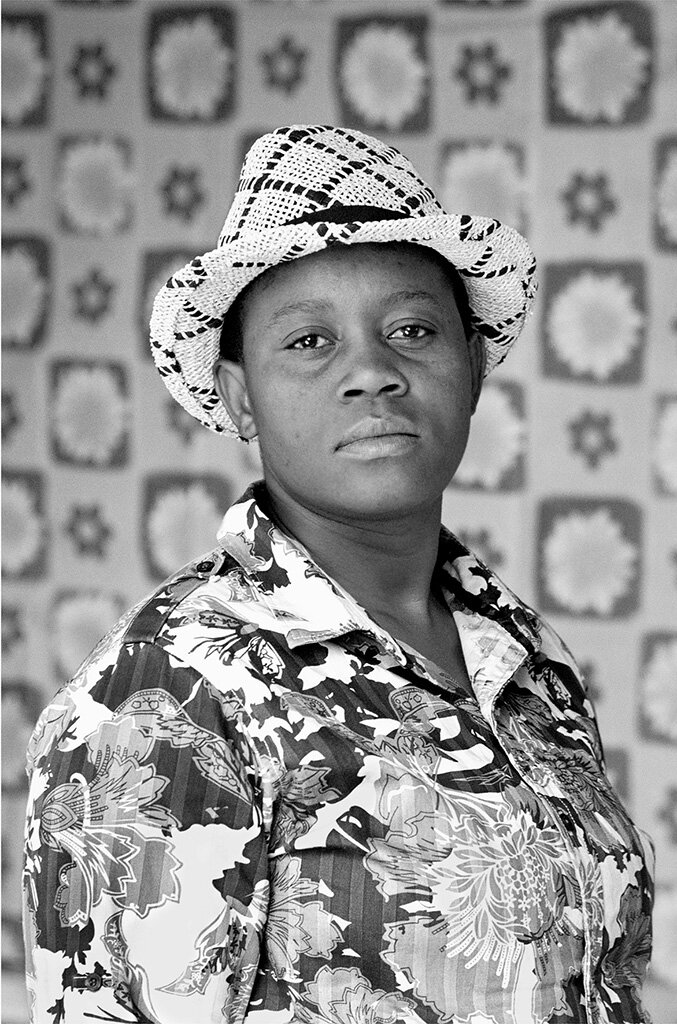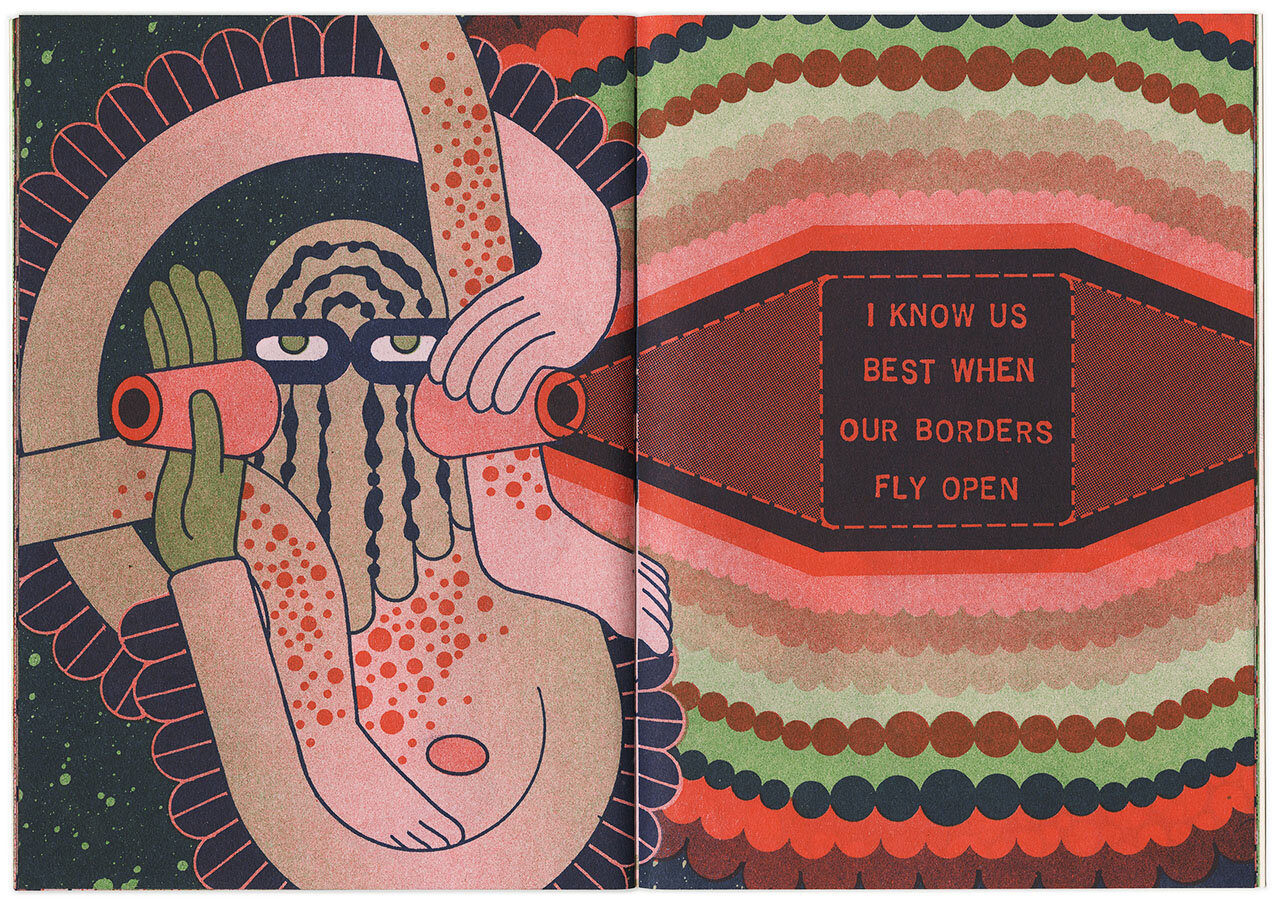Trans Day of Visibility
On Trans Day of Visibility one call to action rings out on all platforms. ‘We’re calling for more than just visibility. We’re calling for a day of voices, variety, vibrance, value and victory’. (mqfpd on Insta). On Trans Day of Remembrance, every year on November 20th, we remember the lives of our trans siblings that are lost to violence and suicide. Trans Day of Visibility is about celebration. In honor of this day and the fantastic trans folks that enrich the art world, we have compiled a selection of trans and gender-nonconforming artists for you to check out.
Edie Fake
Edie Fake, Club LaRay, 2012
Edie Fake’s practice includes painting, comics, zines and murals that explore the transness of his body and identity. He is known for creating the comic-zine Gaylord Phoenix, about a ‘gender-conforming bird-man who goes through these magical environments and has lots of lovers’. In a series of illustrations titled Memory Palaces, Fake reimagines iconic buildings from the LGBTQ+ scene in his native Chicago. In these drawings he often combines traditionally masculine aesthetics of architecture and computer generated graphics with more decorative, feminine imagery reminiscent of textile art. Through these and other architectural drawings, Fake envisions the body as a building, comparing the two as shells for people to occupy without assigning a gender.
Gaylord Phoenix #7
Claude Cahun and Marcel Moore
Claude Cahun and Marcel Moore, 1928
Claude Cahun and Marcel Moore were an artist’s couple that adopted gender neutral pseudonyms and appearances. Their body of work explores the limits of identity through writing, illustration and, most notably, portraiture. Lots of these portraits feature Cahun as the model, wearing costumes or, occasionally, stripped of any sort of identifying feature. Aside from their photography, Cahun’s inclination towards an ungendered and unidentifiable state is reflecting in their writing. In the essay Bedroom Carnival, Cahun evokes a childhood memory of watching a carnival procession. The procession, with its costumed and made up characters, became a metaphor for the child, who had not yet been influenced by the traditional roles of gender and identity that adults learn to perform as they grow older. In a quite disturbing passage, Cahun describes having worn so many masks that their own face has become destroyed:
“I remember it, it was the Carnival. I had spent my solitary hours disguising my soul. The masks had become so perfect that when the time came for them to walk across the plaza of my conscience, they didn’t recognize each other. I adopted the most off-putting opinions on by one, those that displeased me the most had the best chance of success. But the make-up that I employed seemed indelible. I scrubbed so hard to wash it off myself that I took off my skin. And my soul, like a flayed face, no longer had a human form.”
Claude Cahun, Que me veux-tu?, 1928
Zanele Muholi
Zanele Muholi, Bester I, 2015
Zanele Muholi is a visual activist and photographer known for their black and white portraits of the South African LGBTQ+ community, an ongoing documentation process started in the early 2000’s. Despite being the first African country to legalize same-sex marriage in 2006, the South African LGBTQ+ community still faces a large amount of discrimination and violence. In Muholi’s portrait series Faces and Phases, the models look directly at the camera, challenging the gaze of the viewer and claiming their presence in the viewer’s space as black, queer people. Aside from gender and sexuality, Muholi also reclaims their blackness in the series Somnyama Ngonyama (Hail the Dark Lioness). In these exaggerated black and white self-portraits Muholi has drastically darkened their skintone to revise dominant images of black women and black archetypes. With their work Muholi aims to ‘re-write black queer and trans visual history of South Africa for the world to know of our resistance and existence at the height of hate crimes in South Africa and beyond’.





Gluck
Gluck, Medallion (YouWe), 1937
Gluck was the gender-neutral pseudonym of British painter Hannah Gluckstein. In a time when male homosexuality was a criminal offense, Gluck, a gender-nonconforming lesbian, was mostly acclaimed as a painter of landscapes, flowers and portraits. Radclyffe Hall’s lesbian novel The Well of Loneliness, published in 1928, was met with so much criticism that it was deemed obscene in court and censored. The intolerant attitude towards homosexuality didn’t stop Gluck from leaving traces of their identity in their work, though. When they entered a relationship with florist Constance Spry, their paintings almost immediately turned to floral arrangements. Years later, during an affair with the socialite Nesta Obermer, Gluck publicly declared their love with the double portrait Medallion. To Nesta they wrote: ‘Now it is out. And to the rest of the Universe I call Beware! Beware! We are not to be trifled with’.
Greer Lankton
Greer Lankton by Anne O’Neill
Greer Lankton was a well-known figure in the 1980’s art scene of the East Village. She is known for her handmade dolls that challenge conventional ideas on gender, sexuality and social status. After her untimely death in 1996, her partner Paul Monroe has given multiple accounts of her life, although some disputed. As a child, Lankton always felt drawn to dolls and playing dress-up, but her parents disapproved. She underwent gender-reassignment surgery in 1979, at a time when such a procedure was still experimental and risky. The dolls allowed Lankton to deal with the aftermath of the surgery while also providing a childlike, albeit jarring look into her childhood interests. Photographer Nan Goldin, who was part of her close circle and photographed her frequently, recalls she ‘constantly worked and reworked her dolls, changing their genders, identities, sizes and clothes’. Her final installation, It’s all about ME, Not You, is on permanent display in Pittsburgh at Andy Warhol’s Mattress Factory who, according to Lankton, was the ‘dullest person I ever met in my life’.
Greer Lankton, It’s all bout ME, Not You, 1996
Vaginal Davis
Vaginal Davis, Various Hags, 2012
Vaginal Davis is an intersex born performance artist known for her films, musical performances and drag, as well as co-founding the homocore or queercore movement. Davis found herself ‘too gay for the punks and too punk for the gays’ after being rejected from a number of LGBT film festivals for being too extreme. Her work is heavily informed by gender, sexuality, race and class, and falling through the cracks of both communities that she felt aligned with allowed her to develop an artistic practice free from any restrictions placed upon her by both the punk and the LGBTQ communities. The homocore movement brought forth musical groups, zines, and drag performances that reinterpret both punk and queer culture.
Ma Liuming
Ma Liuming, Fen-Ma Liuming Series No. 1, 1993
Ma Liuming is a Chinese painter and performance artist who, although not transgender, explores the boundaries between genders in his work through his feminine alter ego Fen-Ma Liuming. Often performing nude, Fen-Ma Liuming juxtaposes feminine facial features with the artist’s masculine body. In the 1990’s People’s Republic of China, gender was still understood to be a strict binary between male and female, regardless of the long tradition of androgyny and gender-ambiguity in Chinese theatre and visual culture. Despite the artistic aspects of Liuming’s performances, his work was still subject to government censorship. In one particular series of performances titled Lunch, Fen-Ma performed nude, cooking a fish lunch for an invited audience. After finishing the cooking, he attached a large tube to his penis and began sucking at the other end. The exaggerated phallic shape of the tube contrasted with the made-up, feminine face of Fen-Ma. After this performance, Liuming was arrested and spent two months in prison for ‘conducting obscene performances in the name of art’.
Ma Liuming, Fen-Ma Liuming’s Lunch, 1994
Tourmaline
Tourmaline, Morning Cloak, 2020
Tourmaline is an artist, filmmaker and activist whose primary interest is the portrayal of transgender women of color. After creating experimental portraits of major figures in the LGBT liberation movement such as Marsha P. Johnson (Happy Birthday, Marsha!) and Miss Major Griffin-Gracy (The Personal Things), Tourmaline has since created a series of self-portraits titled Pleasure Garden, centered around her own pleasure as a black transgender woman. Inspired by the early 1800’s pleasure gardens, mostly meant for wealthy, white people in New York, Tourmaline imagines a world in which life is easy for black trans women.












